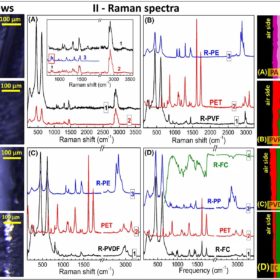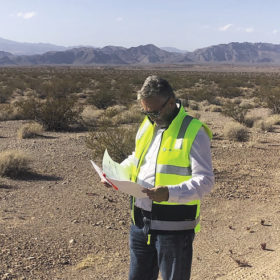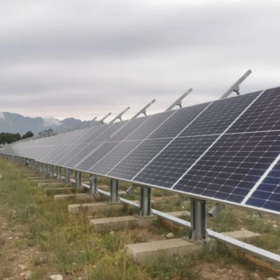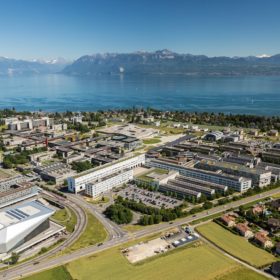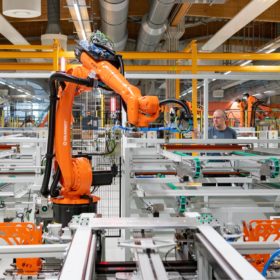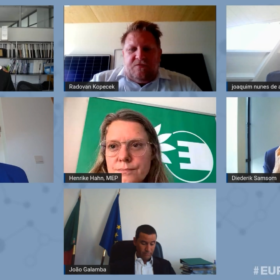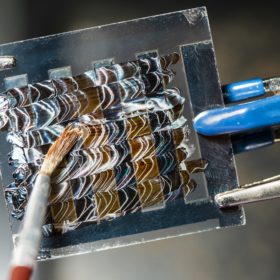Monitoring near-infrared transmission for a healthy backsheet
Scientists in Germany developed a method to determine the structure and degradation of module backsheets and encapsulants in the field, by analyzing the material’s near infrared light transmission. Applying the theory to a multi-MW PV plant, the group was able to identify four different backsheet types. With further development, the method could be a valuable tool to monitor module degradation in the field and spot faults early on.
Quinbrook acquires planned 350 MW project in the UK
U.S. based renewables investor Quinbrook Infrastructure Partners this week announced that it has acquired a 350 MW PV and storage project set to be built in the Southeast of England. The project has already received planning permission from the UK government, and its new owner expects to begin construction in the first half of 2022.
Comparing new solar module formats
JA Solar published data comparing its own modules, based on the 182mm wafer format, with others utilizing the larger 210mm size over a six month period in field testing. The data show that the smaller of the two formats reached an average daily energy yield almost 2% higher. According to JA Solar’s analysis, the higher currents produced by the 210mm modules led to higher resistance, and more energy lost as heat.
Interface engineering for a stable, 23.4% efficient perovskite solar cell
Scientists led by Switzerland’s École Polytechnique Fedérale de Lausanne (EPFL) demonstrated a simple approach to designing the interface between two layers in a perovskite solar cell, which was shown to improve both the performance and stability of the device. Solar cells fabricated by the group achieved 23.4% conversion efficiency, and were operated for close to 6,000 hours before degrading beyond 80% of this initial value.
Solarwatt brings new module and battery factories online in Germany
German manufacturer Solarwatt today announced the opening of a new 300 MW module production facility, as well as new battery pack assembly lines, located on the outskirts of Dresden. The company invested around €35 million in the new lines and says it will begin delivering modules produced on the new equipment to customers as early as next week.
Keeping track of chlorine in perovskite stability
Scientists in Japan delved deep into the crystalline structure of a perovskite solar cell in order to understand how chlorine helps to improve the cells’ stability. By varying the concentration of chlorine in the material they were able to find an optimal level for increased stability, and open new doors on the way to understanding the specific role of chlorine and the mechanism behind the improvement.
EUPVSEC 2021 – Key takeaways
Now in its 38th year, and its second as a fully virtual event, the 2021 EU PVSEC conference revealed a solar industry and research community filled with confidence. Discussions at the event began with the expectation that demand for solar will continue to grow rapidly, and focused on the challenges of further scaling up production and deployment, and ensuring that energy systems can run smoothly with solar and wind as their main source of energy.
NREL scientists test back-contact architecture on perovskite solar cells
Scientists in the United States explored the use of all back contact architectures for perovskite solar cells. The group notes several advantages to this strategy, as well as challenges to overcome. Ultimately, the work outlines a route to cell efficiencies better than 20%.
All-perovskite tandem solar cell with 24.9% efficiency via cross-linkable small molecules
Scientists in China found that a change to the hole transport layer material helped to reduce voltage loss in a perovskite solar cell. The discovery demonstrates a promising new pathway to overcoming a major challenge for perovskites – particularly those used as the top layer in a tandem device.
Designer bacteria for energy storage
A group of biologists in the United States working with a bacteria discovered a mechanism that could be used to convert electricity into biofuels or other useful substances. With better understanding of the genetics, the group says the mechanism could rival hydrogen for the storage of renewable energy.

